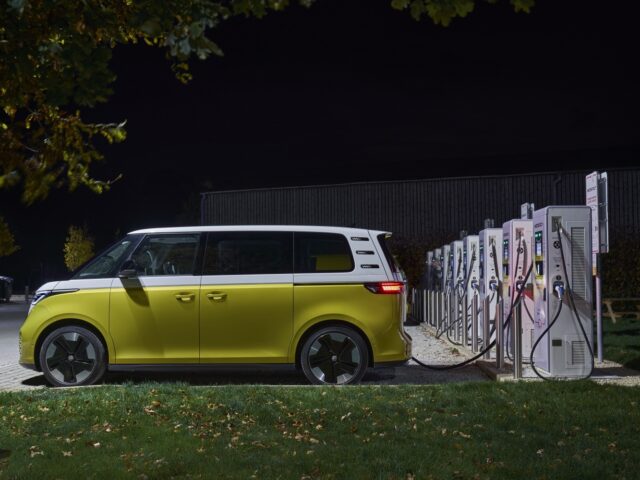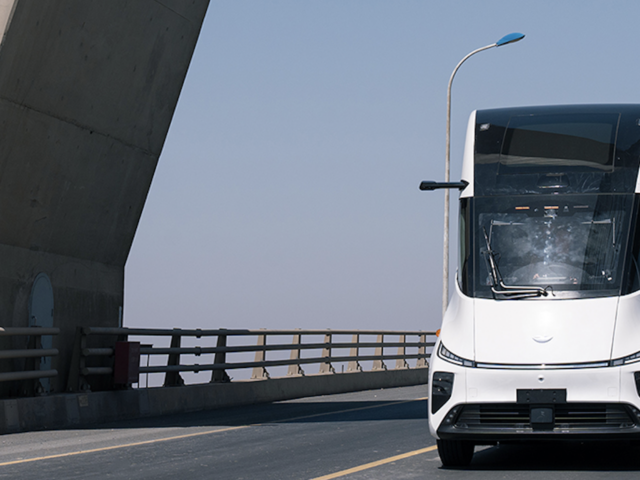Suppose you’re willing to pay €120 to €160 and not weigh nearly 100 kg. In that case, you can be one of the first to experience pure electric flying between the airports of Liege (Belgium), Maastricht (Netherlands), and Aachen (Germany) as a passenger in a Pipistrel Velis Electro, currently the only EASA-certified electric aircraft.
The initiators aim to set up an all-electric, zero-emission travel experience this summer between July 1 and August 31, connecting the Euregional airports. If you live within 15 km of one of these airports, you’ll be picked up at home with an NIO electric car.
Pilot training plane
For this ‘Electrifly Project’, Deurne-based flight academy ASL Group, Chinese carmaker NIO, Europe’s leading aerospace and engineering center Fachhochschule Aachen, and Maastricht Aachen Airport joined forces.
The Slovenian Pipistrel Velis Electro is a single-engine, two-seater airplane. It is the only battery-electric aircraft certified by the European Union Aviation Safety Agency to be used chiefly for pilot training.
ASL Academy in Deurne (near Antwerp, Belgium) has two training planes of this kind. They can stay only 50 minutes airborne and carry only one passenger sitting next to the pilot, so they’re not intended for passenger traffic.

Payload of 172 kg
The plane is 6.47 m long, has a wingspan of 10.71 m, and weighs 428 kg empty, the 20 kWh twin batteries included. The maximum take-off weight (MTOW) is 600 kg, meaning you and the pilot should not weigh more than 172 kg combined. You’ll be asked for your weight when you make a reservation request in the Electrify app, which was specially developed for this.
The Velis Electro produces zero emissions during operation and is ultra-quiet both inside and outside, with noise levels of only 60 dBa—the noise level of a dishwasher. Power comes from Pipistrel’s certified liquid-cooled electric engine, the E-811, which produces 57.6 kW from a 345 VDC electric system and an in-house developed dual battery system.
It is a full-electric derivative of the proven Virus SW 121, an 80 to 100-hp two-seater aircraft fully type-certified by the EASA. It features a Kevlar-reinforced safety cabin and composite materials for safety.
However, unlike a conventionally powered airplane’s start-up procedure, the Velis Electro is powered by four switches and requires no warm-up time before take-off. It can fly at altitudes up to 12,000 feet (3,660 m) at a cruising speed of 90 knots (166 km/h).
Reservation via an app
If you’d like to try it out, download the particular Electrifly app for iOS or Android and make a reservation request, indicating whether you want a return trip (€160) or a single trip (€120) on the same date between July 1 and August 31, 2024, or separate dates.
If you live within a 15 km range of one of the three airports, Maastricht-Aachen Airport (MST), Liège (LGG), or Aachen-Merzbrück (AAH), an NIO electric car will pick you up, included in the price. If you live further away, you’ll have to inquire.
Cost-shared flight
Be aware that this is not a regular airplane passenger flight according to EU regulations but a so-called ‘cost-shared flight’. You’ll be asked to agree with a general EASA disclaimer:
“You are about to book a cost-shared flight on a light aircraft. You should be aware that safety rules for cost-shared flights are not as strict as for commercial air transport flights. This means that there is more risk involved in taking a cost-shared flight than buying a ticket from a commercial airline operator, where stricter safety rules apply and where the aircraft, pilots, and the operator are subject to continuous checks and strict oversight rules from the authority. Unlike commercial airline passenger flights, the risk level involved in General Aviation flights can be compared with risk levels found in road transportation.”





Comments
Ready to join the conversation?
You must be an active subscriber to leave a comment.
Subscribe Today